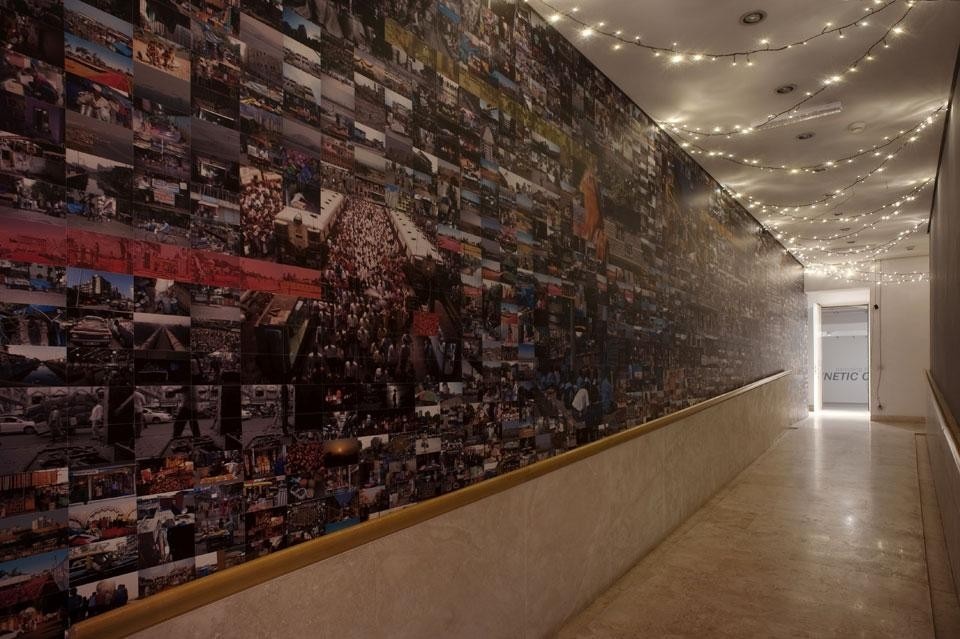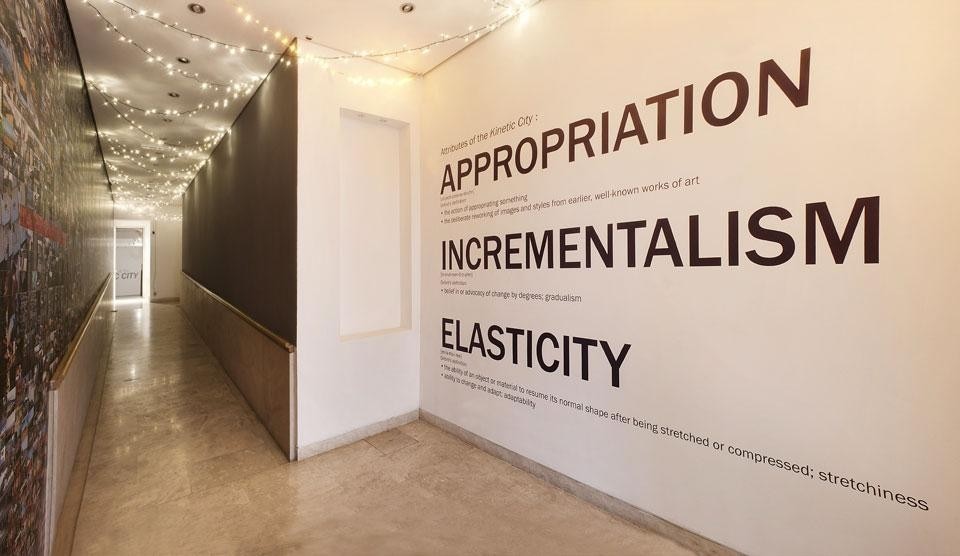Mehrotra asks us to stop looking separately at these two entities as a contrast between formal and informal environments. Instead, he proposes a consideration of a new production feature of the city itself, in which the challenge posed is how to turn this stratification of dynamics into a design tool.
The "Kinetic City" is temporary in nature, constantly changing and regenerating itself. It is a dynamic way of appropriating space, a molecular form of urbanisation that is constituted and developed by relating to the spaces, systems and infrastructures of the "Static City".

"Assembly", for instance, is the story of a cricket pitch that is constantly transformed over the space of one day, combining the tradition of the British sport with a local marriage ceremony; and "Networks" illustrates the meal-delivery system that exploits the railway network to deliver meals to workers, cooked by their own families.
Mehrotra suggests we take a fresh look at the link between local and global — localising global programmes and globalising local programmes — and believes that the spectacle of the city is no longer produced by its architecture but by its events. Matteo Costanzo
The Kinetic City
The British School at Rome
Via Gramsci 61, Rome


